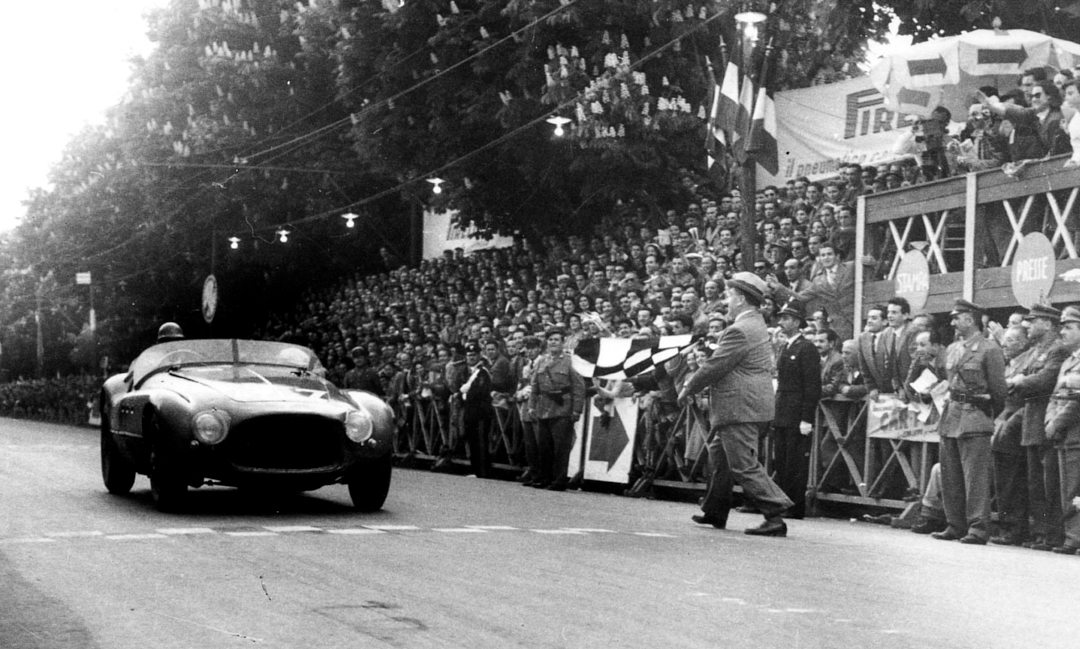Giannino Marzotto Biography
He was born at Valdagno on 13 April 1928, the son of the king of the Italian wool industry, Count Gaetano Marzotto. Soon after his 20th birthday he entered his father’s Lancia Aprilia in the Giro di Sicilia and came in second in his class. In 1950 he and his three brothers, Vittorio, Umberto and Paolo competed in Mille Miglia all driving Ferraris. Marzotto purchased his car based upon his experience driving a similar model at a recent hill climb where he won decisively.
Upon testing his new car he found it nothing compared to the previous car. Suspecting some type of deviousness on the part of Ferrari he returned to the factory to confront the old man. Luigi Bazzi, Ferrari’s legendary technician was brought in to explain that he had purposely “strangled” the engine in order to protect the young driver to the consternation of all in attendance. Ferrari, somewhat embarrassed promised to personally see that the car would be prepared for the upcoming race.
No Subscription? You’re missing out
Get immediate ad-free access to all our premium content.
Get Started



